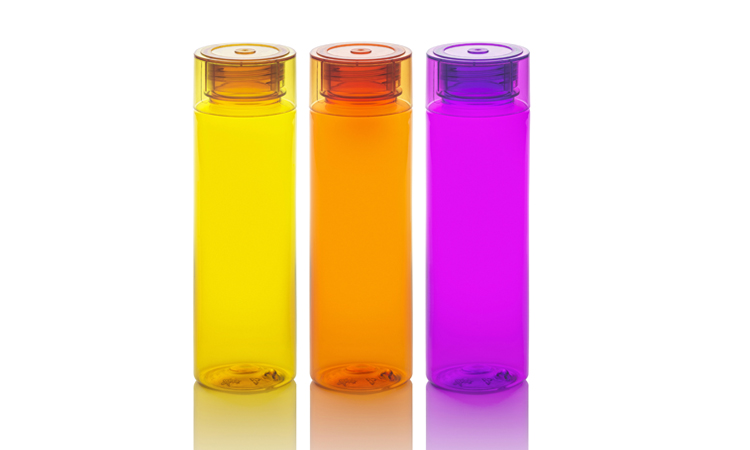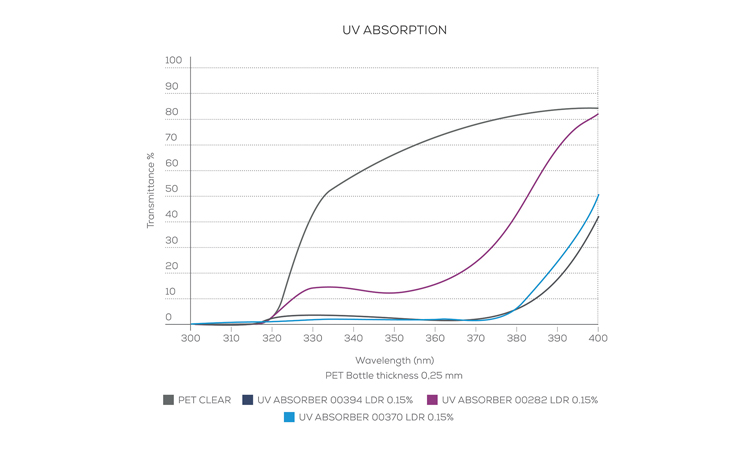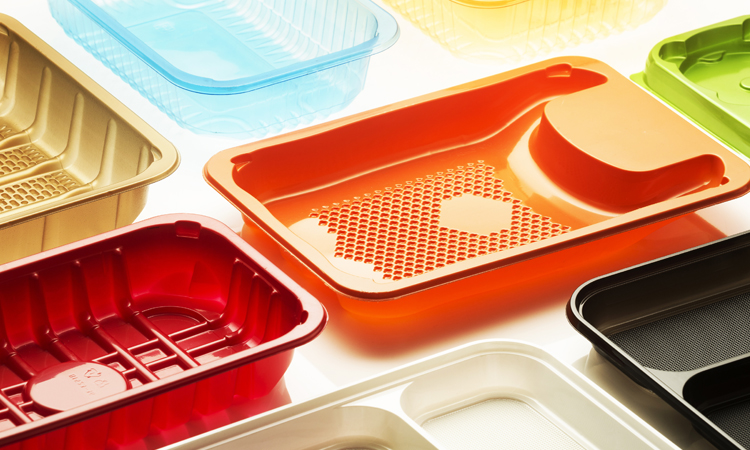COMPANY INSIGHT
LIQUID COLOURS AND ADDITIVES BEHIND FAST MOVING CONSUMER GOODS
A product with attractive packaging is already sold for half. Brand Owners know this very well, as they know that perishable products need more than an eye-catching container, they need it to protect the content till this is in the consumer’s hands. Packaging converters and additive suppliers need to build strong cooperation in order to find the best solution every time.
Fast-moving consumer goods (FMCG) or consumer packaged goods (CPG) are normally sold quickly and at relatively low cost.
Non-durable goods such as soft drinks, dairy products, fruit and vegetables, meat and baked goods are highly perishable and consequently need a package with the right properties to preserve them especially during transportation and distribution.
At the same time since those products are fast-moving by nature, it is imperative for them to beat the competition: they need to be particularly eye-catching and recognisable on shelves.
The unit pack or primary package is critical for both product protection and shelf life, but also provides sales incentives to consumers.
In this context, packaging converters and colours/additives producers need to build strong cooperation in order to find the ideal solution every time.

PET bottles with PS cap – same liquid colour code used for different plastics (in this case PET and PS)
Fortunately, the liquid technology of colours and additives has progressed so much that it is possible to combine trendy colours with specialty additives most of timeS.
Fortunately, the liquid technology of colours and additives has progressed so much that it is possible to combine trendy colours with specialty additives most of the time. This is the case with powerful bright shades with UV protection used for kids’ juices or transparent shades combined with UV additives for vitamin and flavoured waters. It also applies to special Whites used to protect fresh, ESL and even UHT milk from visible light and UV damage when packaged in a monolayer PET bottle. REPI UV Absorbers create a barrier to the harmful UV-rays and visible light, which can damage the product inside.

REPI UV Absorbers capture UV radiation from 300 to 400 nm creating different levels of protection, depending on the dosage % and the packaging wall thickness
As mentioned above, the profit margin on FMCG products is relatively small, this means that production fails and scraps represent significant costs for converters, who also have to factor in ever-shorter production cycles, thin wall thicknesses and high machine output.
Liquid additives have important role in this case too: The REPISenzAA reducer prevents acetaldehyde from building-up during the injection moulding of preforms, responsible for the unpleasant off-taste of waters bottled using PET. The reduction performance goes up to nearly 85% which means AA values of less than 1 ppm can be obtained.
Blowing Additives are on the market to improve and control the absorption of infrared during the blowing stage of preforms, the line works in a smoother way, avoiding stops, reducing scraps and improving the output of blown bottles per hour.
Process Aid Additives reduce sticking and create a better slip effect between one preform and another preventing surface scratches and at the same time optimising their storage up to +10% with consequent advantages in terms of storage and transport costs.
The IV Enhancer acts on PET intrinsic viscosity and stabilises the mechanical properties of PET containers.
Such additives in liquid form can be blended with colours to make all-in-one products which are dosed at very low percentages making for a highly cost efficient solution.
THE ABOVE-MENTIONED CHALLENGES GO HAND IN HAND WITH THE MAJOR SUSTAINABILITY AND CIRCULAR ECONOMY CONCEPTS: HOW TO SAVE THE RESOURCES OF OUR PLANET, OR RATHER, HOW TO USE THEM INTELLIGENTLY AND RESPONSIBLY TO SECURE SUSTAINABLE FUTURE GROWTH.
In the packaging field, this includes the need to radically raise plastics recycling rates.
Resin, colour and additive manufacturers play a crucial role in this context, evolving their know-how and providing solutions which satisfy brands, market managers and designers, packaging manufacturers and final customers.
And here again liquid technology provides additives designed for post consumer raw materials, like the REPI Anti-Yellow which corrects the off-shade of R-PET (whether it is greyish, reddish or greenish). The usable percentage of R-PET increases up to 100%.

Anti Yellow Additives for R-PET acting on L, a and b of CieLab values
In some cases, Optical Brighteners and colour toners further improve brightness and aesthetics.
We can probably state that the extensive research and development in specialty additives and colours is key for brands to package perishable products, with short shelf life in perfect looking and cost effective plastic containers. The world of packaging is seeing constant innovation from each point of view and we as colorants and additives producers are called to play a leading role and are involved in this virtuous circle, offering advanced and smart solutions where production processes have not yet arrived.

Thermoformed extruded PET and R-PET trays for food: versatile the liquid technology for injection moulding and extrusion technology.
CONTACT INFORMATION
Lucia Buffoni – Marketing Manager REPI S.p.A.
Linkedin: Repi S.p.A.
Mail: repi.italia@repi.com - repi.uk@repi.com - repi.usa@repi.com - repi.thailand@repi.com
www.repi.com